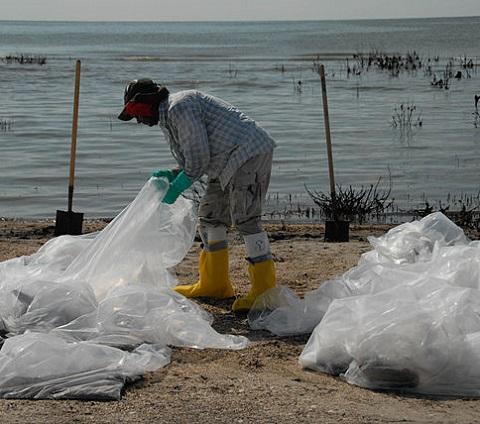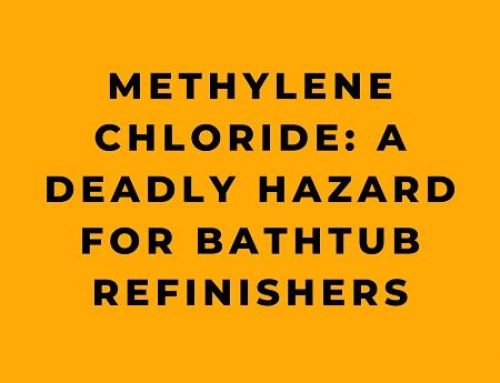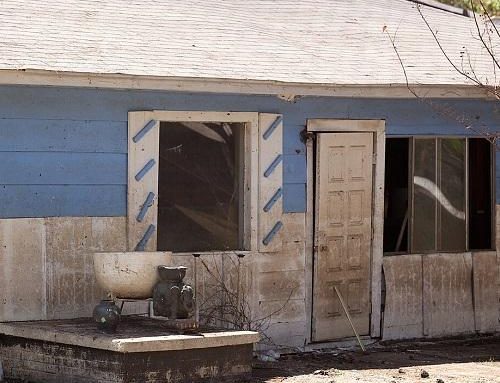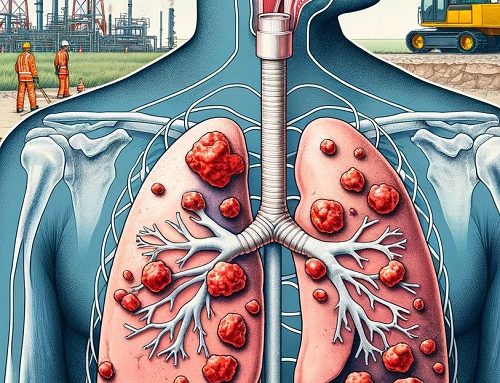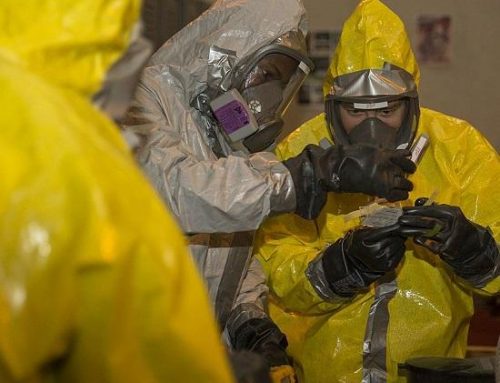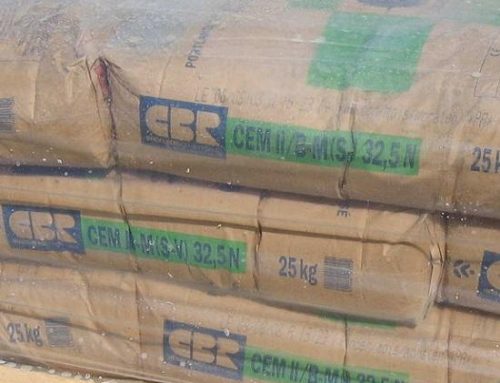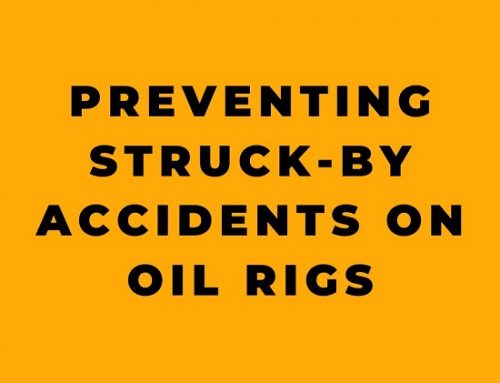Introduction
Oil spill cleanup operations present unique challenges and hazards for workers on the front lines. As environmental disasters with far-reaching consequences, oil spills require swift and efficient responses to mitigate damage. However, the safety and health of cleanup workers must remain a top priority throughout these operations. This comprehensive guide explores the crucial aspects of oil spill cleanup safety, drawing from expert recommendations and best practices in the field of occupational health and safety.
The complexity of oil spill environments demands a thorough understanding of potential hazards, proper protective measures, and effective cleanup techniques. From chemical exposure risks to physical dangers like heat stress and wildlife encounters, workers face a multitude of challenges. By examining each facet of oil spill cleanup safety, we can better equip workers and managers to carry out these critical tasks while safeguarding human health and wellbeing.
1. Understanding Oil Spill Cleanup Operations
Oil spills are releases of liquid petroleum hydrocarbons into the environment, often due to human activity. The April 2010 Gulf of Mexico oil spill, for instance, involved crude oil released from an offshore drilling rig explosion. Cleanup efforts typically focus on containing and removing oil from water and shorelines.
The National Contingency Plan serves as the federal government’s blueprint for responding to oil spills and hazardous substance releases. It promotes coordination among responders and contingency plans. A Unified Command structure, involving Federal, State, and Responsible Party representatives, oversees response efforts.
Cleanup workers may encounter various forms of crude oil:
– Fresh crude oil contains light, medium, and heavy hydrocarbons
– Weathered crude or “mousse” has lost volatile components and mixed with seawater and organic matter
– Tarballs form as oil weathers further, becoming crusty on the outside and gooey inside
2. Health and Safety Plans (HASP)
OSHA regulations require employers to develop detailed Health and Safety Plans for cleanup operations. These HASPs guide daily operations to prevent contamination, injury, and death. Key components include:
– Introduction and key personnel
– Hazard assessment
– Training requirements
– Personal protective equipment (PPE)
– Exposure monitoring and air sampling
– Site control measures
– Decontamination procedures
– Emergency response/contingency plans
– Medical surveillance
Workers should review their employer’s HASP before beginning work at a cleanup site.
3. HAZWOPER Requirements
The Hazardous Waste Operations and Emergency Response (HAZWOPER) standard applies to oil spill response activities. Key provisions include:
– Emergency response operations (paragraph q)
– Post-emergency response cleanup operations (paragraph q(11))
– Specific training and control measures for hazardous waste sites
Marine oil spill cleanup must comply with HAZWOPER provisions while following National Oil and Hazardous Substance Pollution Contingency Plan regulations.
4. Worker Training and Communication
Proper instruction for cleanup workers is essential. Personnel should receive:
– Initial briefing on the Site Safety Plan
– Training on emergency procedures
– Instruction on PPE use
– Information on potential health hazards
– Explanation of job duties and chain of command
– Training on decontamination procedures
Hazard Communication training is required for oil and hazardous materials workers may encounter. Material Safety Data Sheets (MSDS) must be available, and workers should understand warning labels like NFPA 704M on chemical containers.
5. Personal Protective Equipment (PPE)
PPE requirements depend on the work site’s program and assigned tasks. Common PPE includes:
– Level D modified clothing: Protective pants, boots, disposable gloves, life jackets
– Respirators: From N-95 to Powered Air Purifying Respirators (PAPR) in some cases
– Eye protection: Safety glasses with side shields or goggles
– Hearing protection for noisy environments
Workers must be trained in proper PPE use, including inspection, donning/doffing, and limitations. Only use undamaged PPE that fits correctly and is appropriate for the hazard.
6. Chemical Hazards and Exposure Routes
Oil spill cleanup involves exposure risks to various chemicals:
– Crude oil components (e.g., benzene, toluene, xylene)
– Weathered crude oil
– Dispersants (e.g., COREXIT products)
– Bioremediation agents
– Combustion products from controlled burning
Chemicals can enter the body through:
– Skin contact/absorption
– Inhalation
– Ingestion
– Injection (via cuts or punctures)
Understanding these exposure routes helps workers take appropriate precautions.
7. Decontamination Procedures
Proper decontamination is crucial to prevent spreading contamination and protect worker health. Key aspects include:
– Primary decontamination in the Contamination Reduction Zone
– Secondary decontamination for tools and equipment
– Emergency decontamination procedures
– Proper PPE removal sequence
– Thorough hand and face washing
Follow employer-specified decontamination procedures outlined in the HASP.
8. Heat Stress Prevention
Heat-related illnesses are a significant risk in oil spill cleanup operations. Workers should be aware of:
– Heat rash, heat stress, heat exhaustion, and heat stroke symptoms
– Factors increasing heat hazards (high temperature/humidity, direct sun, physical exertion, PPE use)
– Preventive measures:
– Appropriate work/rest cycles
– Gradual acclimatization to heat
– Proper hydration (small amounts of water frequently)
– Use of cooling equipment and shaded rest areas
– Special precautions for at-risk individuals (e.g., those with certain medical conditions or taking specific medications)
9. Physical Hazards and Safety Measures
Oil spill cleanup environments present various physical hazards:
– Slips, trips, and falls on oily surfaces
– Drowning risks when working near water
– Eye injuries from dust, debris, or chemical splashes
– Noise exposure from equipment
– Heavy machinery hazards
– Wildlife encounters (e.g., alligators, snakes)
Safety measures include:
– Wearing appropriate PPE (e.g., non-slip footwear, life jackets, eye protection)
– Using the buddy system
– Following proper equipment operation procedures
– Staying alert to surroundings and potential wildlife
10. Environmental and Weather Considerations
Cleanup operations often occur in challenging environments:
– Coastal and marsh areas
– High humidity and temperatures
– UV exposure risks
– Potential for storms and lightning
Workers should:
– Use sunscreen and protective clothing
– Stay hydrated and take frequent breaks in shaded areas
– Be prepared for weather changes and follow severe weather protocols
11. Biological Hazards
Workers may encounter various biological hazards:
– Insects: Mosquitoes, chiggers, ticks (use insect repellent with DEET or Picaridin)
– Poisonous plants: Poison ivy, oak, sumac (learn to identify and avoid)
– Snakes and alligators (maintain safe distances, use appropriate tools to probe areas)
– Exposure to contaminated water or animal carcasses
Proper PPE, awareness, and following safety protocols help mitigate these risks.
12. Fatigue and Stress Management
The demanding nature of oil spill cleanup can lead to fatigue and stress. Workers should:
– Pace themselves and take frequent rest breaks
– Maintain regular eating and sleeping schedules
– Use the buddy system to watch out for each other
– Communicate with supervisors about concerns
– Utilize available mental health resources
– Practice self-care and stress-reduction techniques during off-hours
13. Emergency Procedures
Workers must be familiar with emergency protocols:
– Know the location of first aid stations and medical support
– Understand procedures for reporting injuries or hazardous material exposures
– Be able to quickly communicate their exact location in case of emergencies
– Follow the buddy system to aid injured coworkers
– Know when and how to call for emergency services (e.g., 911)
14. Ongoing Safety Vigilance
Oil spill cleanup operations are dynamic, requiring constant attention to safety:
– Regularly review and update safety plans as conditions change
– Maintain open communication channels between workers and supervisors
– Encourage workers to report safety concerns without fear of retaliation
– Conduct frequent safety briefings and refresher training
– Stay informed about new hazards or changing environmental conditions
Conclusion
Oil spill cleanup operations present a complex array of hazards that demand comprehensive safety measures and ongoing vigilance. By understanding the risks associated with chemical exposure, physical hazards, and environmental challenges, workers and managers can implement effective strategies to protect health and safety.
Proper training, appropriate PPE use, adherence to decontamination procedures, and awareness of heat stress and other health risks form the foundation of a robust safety program. Additionally, addressing the psychological impacts of this demanding work through stress management and support systems is crucial for long-term worker wellbeing.
As oil spill cleanup efforts continue to evolve, so too must our approach to occupational safety in this field. By prioritizing worker protection and fostering a culture of safety, we can ensure that those on the front lines of environmental restoration can carry out their vital work effectively and return home safely each day.
Remember, when in doubt about the safety of any activity, workers should stop and consult with a supervisor. A commitment to safety not only protects individual workers but also contributes to the overall success and efficiency of oil spill cleanup operations.


